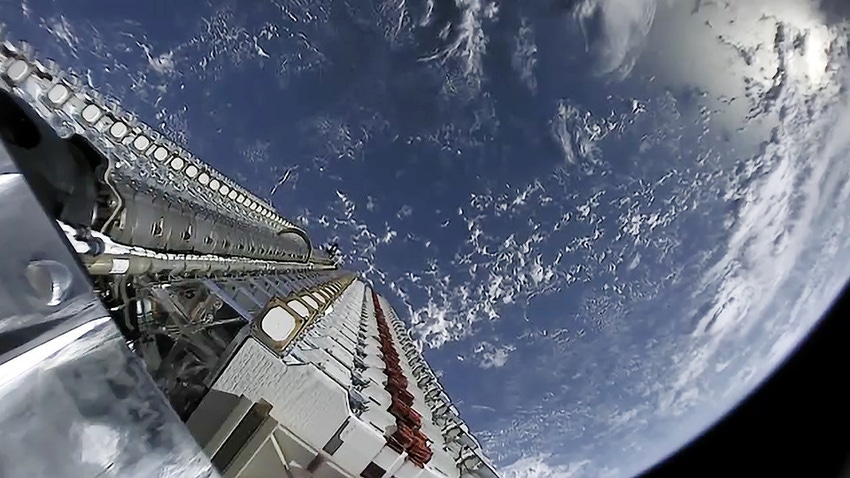KDDI to use Starlink for mobile backhaul
KDDI has contracted Starlink to provide satellite-based backhaul for mobile base station sites to remote areas.
September 13, 2021

KDDI has contracted Starlink to provide satellite-based backhaul for mobile base station sites to remote areas.
Under the terms of the deal, the satellite company will hook up 1,200 remote mobile towers for KDDI, ready for use as early as next year.
The telco market will likely be an important revenue stream for Elon Musk’s Starlink, which has made headlines in recent years by launching thousands of low-earth orbit (LEO) satellites into space in a bid to achieve global coverage; it’s getting there. Much of the attention to date has focused on the firm’s consumer play, which is currently a beta offering serving 100,000 users, but those users are not – yet – bringing in sufficient revenues.
In June, in an interview in which he was fairly candid about the perilous financial position of the satellite industry, Musk told Mobile World Congress attendees that Starlink is working hard to bring down the cost of the dish users require to access its services, since it is currently absorbing a US$500-plus shortfall on each one.
In addition, with users paying around $100 per month for the service, the company will need to sign up a lot of customers before it can start thinking about making a return on its hefty investments; Musk puts the firm’s spend at $5 billion-$10 billion by the time it turns cash flow positive, possibly rising to the $20 billion-$30 billion region over time.
Enter the telcos.
Musk noted that Starlink can offer backhaul services to telcos, as well as potentially providing all of the connectivity for their rural customers to help them meet coverage targets. He revealed the firm had already signed partnership deals with two major global telecoms operators, but said they had declined to be named, and that it was in talks with a number of other telcos. It is likely that KDDI was one of the above.
Indeed, on announcing the Starlink deal, the Japanese operator said it is already in receipt of an experimental licence from the country’s Ministry of Internal Affairs and Communications (MIC) to operate the ground station for the Starlink service at KDDI’s Yamaguchi Satellite Communication Centre. Further, the pair have been carrying out technical trials to evaluate the performance of the service.
KDDI said it aims to use Starlink to offer an urban mobile connectivity experience – where towers are connected by fibre – to its rural mobile customers.
That is surely a goal for many telecoms companies. The KDDI deal could well be the first of many for Starlink, as operators look to utilise satellite technology, particularly the lower latency and higher speeds facilitated by LEO satellites, rather than compete with it at a retail level.
And Starlink is not the only satellite firm attracting big name telco customers. Rival OneWeb has struck a deal with AT&T to boost connectivity for business customers in remote and hard-to-reach locations in the US, while also connecting up the telco’s mobile towers in similar places.
That’s two major telco satellite deals in less than a week, and it’s safe to say there will be more to come.
About the Author(s)
You May Also Like











_1.jpg?width=300&auto=webp&quality=80&disable=upscale)


.png?width=800&auto=webp&quality=80&disable=upscale)